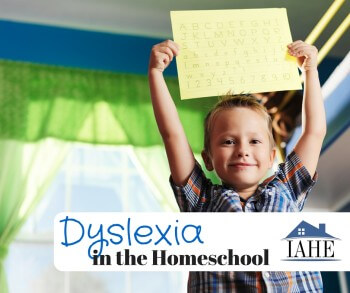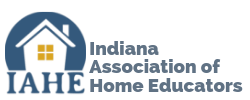Dyslexia is not seeing words backwards or flipping letters. Its roots are not found in the eyes or in the ears so optometrists and audiologists cannot diagnosis it.
So what is it?
 God in His plan for humanity created a few people’s brains (approximately 20%) to be wired differently than the rest. This difference is passed down within families and often can become a tremendous blessing of creativity to those who embrace the differences and manage the difficulties.
God in His plan for humanity created a few people’s brains (approximately 20%) to be wired differently than the rest. This difference is passed down within families and often can become a tremendous blessing of creativity to those who embrace the differences and manage the difficulties.
The official definition of dyslexia is: “Dyslexia is a learning disorder characterized by difficulty reading due to problems identifying speech sounds and learning how they relate to letters and words.” –The Mayo Clinic
Schools do not test for dyslexia. Instead, they give a child a battery of tests. When two scores (the intelligence and phonemic awareness scores) have a stark disparity, it is concluded the child is dyslexic. Specific dyslexia tests do exist, however. Unfortunately, these can be more costly than most families can afford, but you can begin with a skills checklist. This website is a good starting point for determining some of the tell-tale signs of dyslexia.
Dyslexia has nothing to do with the intelligence of the child. As a matter of fact, most dyslexic children are particularly bright! Thomas Edison, who still holds the most number of patents in the United States, was dyslexic. Neuro-typical children see the letter “A” and hear the sound it makes and easily make the visual and auditory connection in the brain. It is a direct path between the two pieces of information. The dyslexic brain, however, takes a far more circuitous route. As such, far more repetitions of the information and additional sensory input is required to make the visual and auditory connection of graphemes (letters) and their phonics (sounds). A child does not grow out of being dyslexic. A dyslexic will always be a dyslexic. This Ted Ed video does an excellent job of explaining the dyslexic brain.
Sally Shaywitz of the Yale Center for Dyslexia and Creativity wrote “Overcoming Dyslexia” which serves as a foundation for learning about dyslexia and what it means to be dyslexic for most people starting out on the dyslexic journey. A newer resource in understanding and educating dyslexics was written by entrepreneur, Ben Foss, called “The Dyslexia Empowerment Plan: A Blueprint for Renewing your Child’s Confidence and Love of Learning”. He writes from the standpoint of being a lifelong dyslexic and how parents can help their children be successful despite the challenges.
It is also important to note that while dyslexics are best known for their reading difficulties, it is not uncommon for a dyslexic child to also struggle with math. Arithmetic is a language of numbers. The symbols have different meanings and operations. For someone who has language-processing issues, math can also present a challenge.
What does that mean for the dyslexic child in every day language? It means the child needs to be taught in a specific, systematic and multi-sensory manner. This method applies to reading as well as math. Fortunately, there are many box curriculums that are created with the dyslexic child in mind. While the following is not an exhaustive list nor should it be seen as an endorsement, these are some of the products which dyslexic children have had success.
Reading and Spelling: Dyslexics do best with the Orton-Gillingham method of instruction. Several programs available to the home educator are based on this gold standard.
Math: In math, students do best with a systematic approach that begins with hands-on manipulation of objects, which progresses to a pictorial presentation and finally ends in the abstract number sentence. These programs have been known to do well for dyslexics.
Singapore Math with Home Instructor’s Guide

Trackbacks/Pingbacks